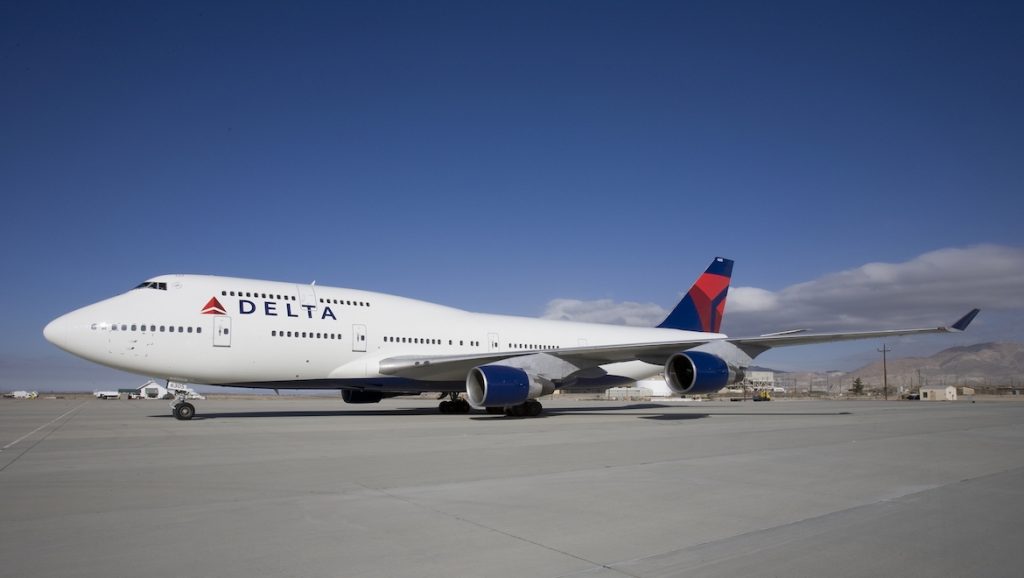
Delta Air Lines has warned that it expects its second-quarter revenue to be down 90 per cent on figures from the same time last year for the second quarter.
The airline’s regulatory filing also confirmed that capacity is down by 85 per cent year-on-year. Unlike previous years, where estimations could be reasonably accurate a second wave of the pandemic could severely impact the carrier’s recovery.
The airline has stated it is seeking to renegotiate its debt agreements, or it may be risking defaulting on loans by the end of the year.
Delta advised in the report it has raised just over $10 billion through various financial arrangements and loans since March, including the CARES Act loan of US$3.8 billion. The airline hopes that, by the end of June, it will have US$6–$7 billion of unencumbered assets such as aircraft and spare parts. It also hopes to have over $14 billion in cash and cash equivalents. It hopes to reduce this to US$10 billion by the end of 2020 while negotiating with creditors.
Delta’s report was focused on how quarantining, international border closures, and social distancing have affected the aviation industry for several months. It also drew attention to some of the airline’s policy changes, which are necessary but negatively impact the business. For example, the airline says that by capping capacity on flights, they are losing revenue on unsold seats. However, the airline is clear that this negative change is necessary, and in the long-term, a flight operating at a loss is better than a flight not operating at all.
Things are looking slight on the up for the airline as it is adding 100 domestic flights to its June schedule and will add even more flights from September as demand increases.
The airline has also seen a reduction in the number of refund requests reducing its outgoing cash flow. It hopes to reduce its average daily cash outflow to zero by 31 December. Cash outflow is expected to be around $40 million by the end of June. This is already down from $100 million in March.










